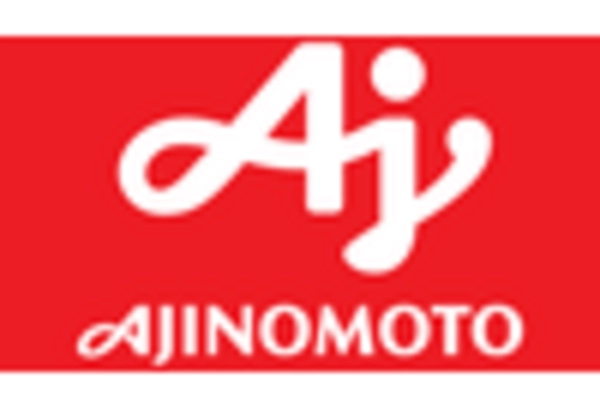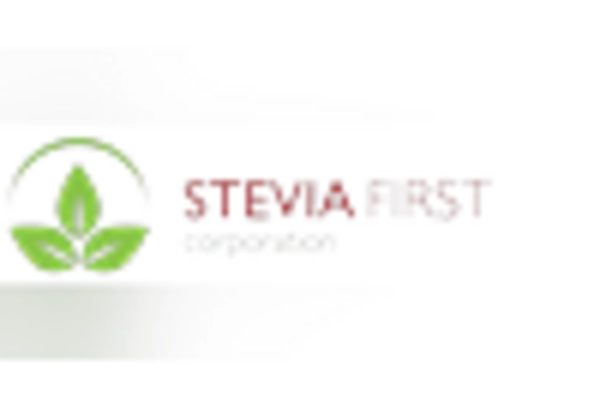Low Calorie Sweeteners Market Summary
As per MRFR analysis, the Low-Calorie Sweeteners Market was estimated at 28.49 USD Billion in 2024. The Low-Calorie Sweeteners industry is projected to grow from 30.28 USD Billion in 2025 to 55.63 USD Billion by 2035, exhibiting a compound annual growth rate (CAGR) of 6.27 during the forecast period 2025 - 2035.
Key Market Trends & Highlights
The Low-Calorie Sweeteners Market is experiencing robust growth driven by health-conscious consumer trends and innovative product development.
- Health-conscious consumerism is propelling demand for low-calorie sweeteners, particularly in North America, the largest market.
- Product innovation and development are increasingly focusing on natural sweeteners, with Stevia emerging as the fastest-growing segment.
- Regulatory influences are shaping market dynamics, especially in the Asia-Pacific region, which is recognized as the fastest-growing market.
- Rising obesity rates and increased awareness of health risks are key drivers fueling the expansion of low-calorie sweeteners in food and beverage applications.
Market Size & Forecast
| 2024 Market Size | 28.49 (USD Billion) |
| 2035 Market Size | 55.63 (USD Billion) |
| CAGR (2025 - 2035) | 6.27% |
Major Players
Cargill (US), NutraSweet (US), Ajinomoto (JP), Tate & Lyle (GB), SweetLeaf (US), Stevia First (US), Mitsubishi Corporation (JP), PureCircle (MY), DuPont (US)


















Leave a Comment